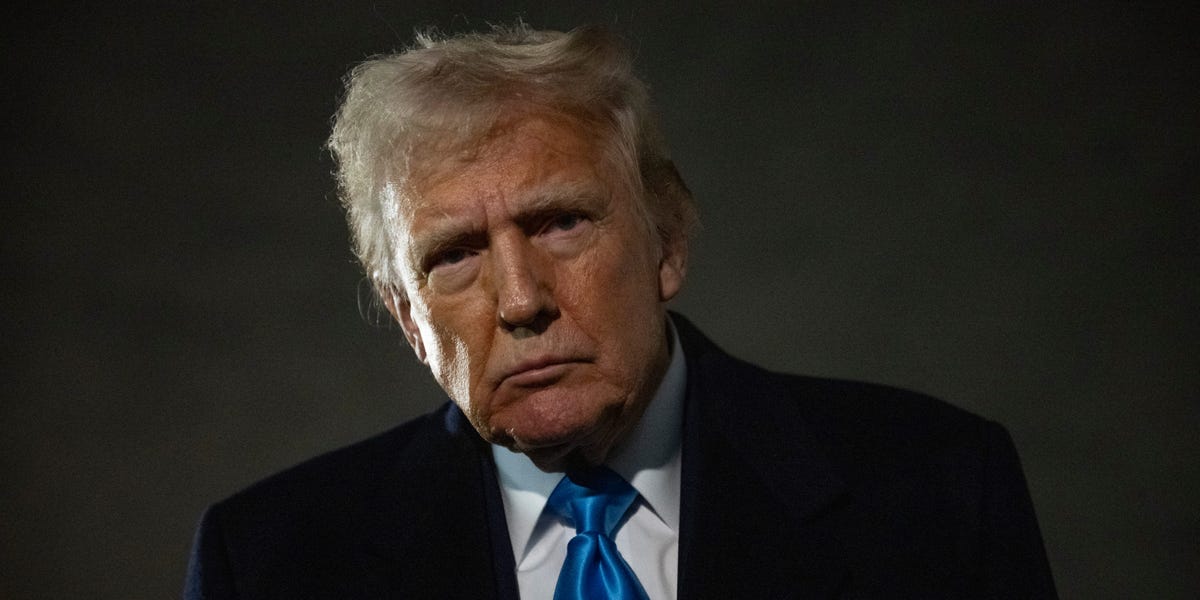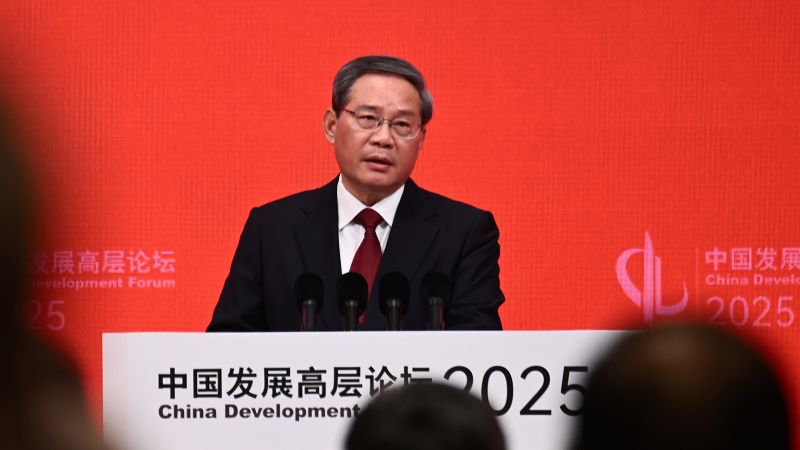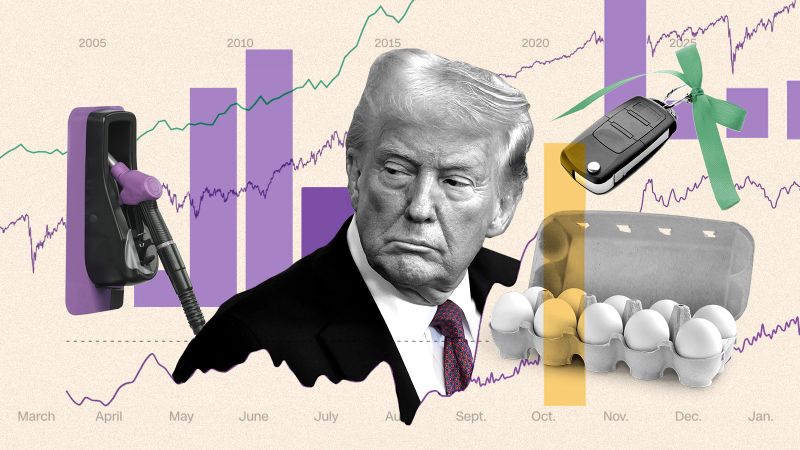Silicon Valley Showdown: OpenAI and Microsoft's High-Stakes Gamble

OpenAI and Microsoft Forge Ahead: A New Chapter in Their Strategic Partnership
In a significant development this afternoon, OpenAI and Microsoft have signaled a breakthrough in their ongoing collaboration. After months of intense negotiations and strategic discussions, the tech giants have taken a pivotal step towards solidifying their partnership.
The companies announced they have signed a "non-binding memorandum of understanding" that outlines the framework for their next phase of cooperation. This agreement comes after nearly a year of careful deliberations and represents a renewed commitment to their shared technological vision.
While the details remain somewhat fluid, the memorandum suggests both organizations are eager to continue their groundbreaking work in artificial intelligence and explore innovative pathways for future collaboration.
Industry observers are watching closely, anticipating how this renewed partnership might shape the landscape of AI development and technological innovation in the coming months.








